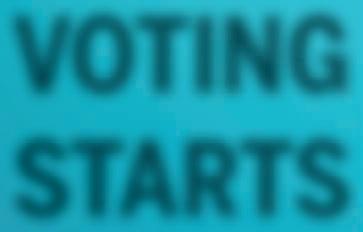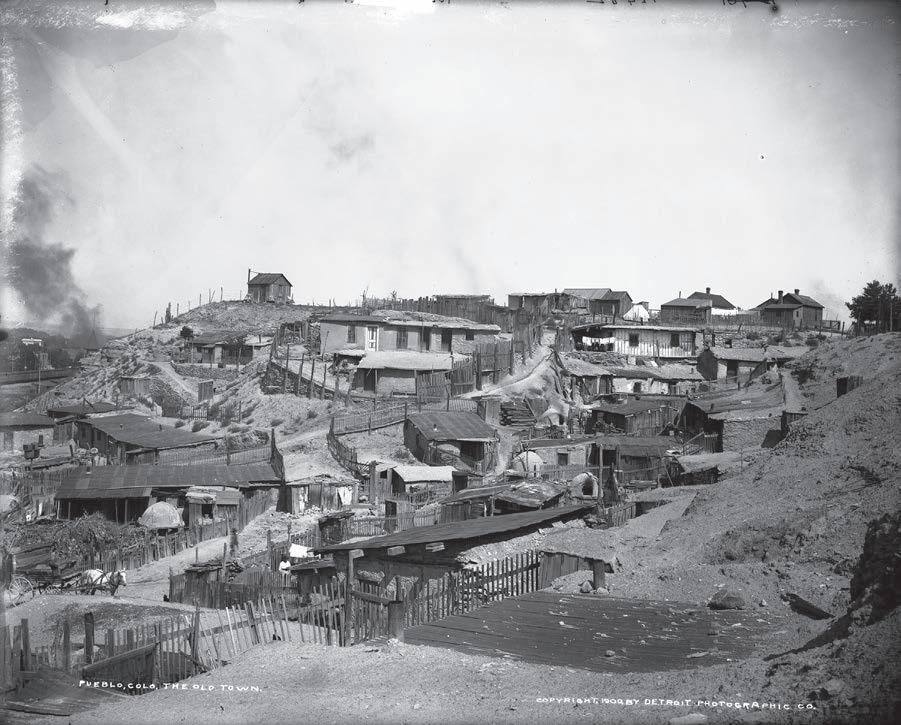
1 minute read
OFTHE BEST BEST BEST OF THE BEST VOTING STARTS


BY SONYA ELLINGBOE SELLINGBOE@COLORADOCOMMUNITYMEDIA.COM

e Treaty of Guadalupe Hidalgo transformed what is now the western United States, and pages of that document will arrive at History Colorado Museum, 1200 N. Broadway, Denver to accompany the exhibit called “Borderlands.” e document came from the National Archives in Washington and will be exhibited only until May 22, because the paper is old and fragile. e treaty’s arrival in Denver is timed for Feb. 2, the 175th anniversary of its signing. e treaty was signed on Feb. 2, 1848, marking the end of the Mexican-American War. By shifting the U.S. borders south from the Arkansas River to the Rio Grande and west to the coast of California, Mexico relinquished 525,000 square miles of territory to the United States. e land became all or part of Arizona, California, Nevada, New Mexico, Utah and Wyoming, as well as a large part of western and southern Colorado. Present borders were taking shape then. Redrawing boundaries did not change linguistic, ethnic or geologic boundaries that were in place prior to the treaty. is exhibit, rst presented at the Pueblo History Museum several years ago, will be of interest to history bu s of all ages. It includes maps, documents and numerous related artifacts, including clothing, guns, kitchenware, photographs of those early hardy types, items that will interest children of all ages, as well as their parents..
I visited this exhibit in Pueblo when it opened there several years ago and had a chance to see the Treaty of Guadalupe Hidalgo then. It really is a good experience to see those actual old documents instead of settling for a photo!
A number of early southern Colorado residents were Mexican citizens, who eventually lost their lands and wealth. And Mexican women lost many rights they had under Mexican law, since American women could not own land at that time.

Dawn Di Prince, History Colorado’s executive director, said: “In some ways, it is hard to fathom that old handwritten pages would wield such power over the lives and lands of so many in this part of the world, but this treaty dramatically altered the lives of many families who call southern Colorado home today. “ e document is also connected to the displacement of indigenous tribes and has been referenced in hundreds of court cases ranging from international border disputes to water and mineral rights claims.”
If You Go
History Colorado is at 1200 N. Broadway in Denver. Parking is available across the street in the garage attached to the Denver Art Museum. Admission charges vary. 303-HISTORY, HistoryColorado.org.










